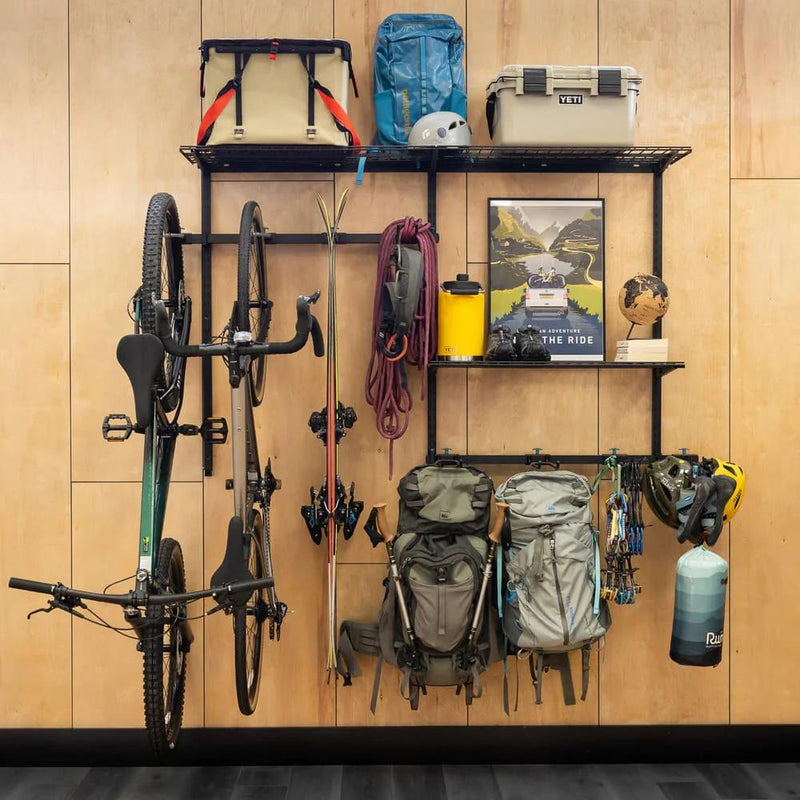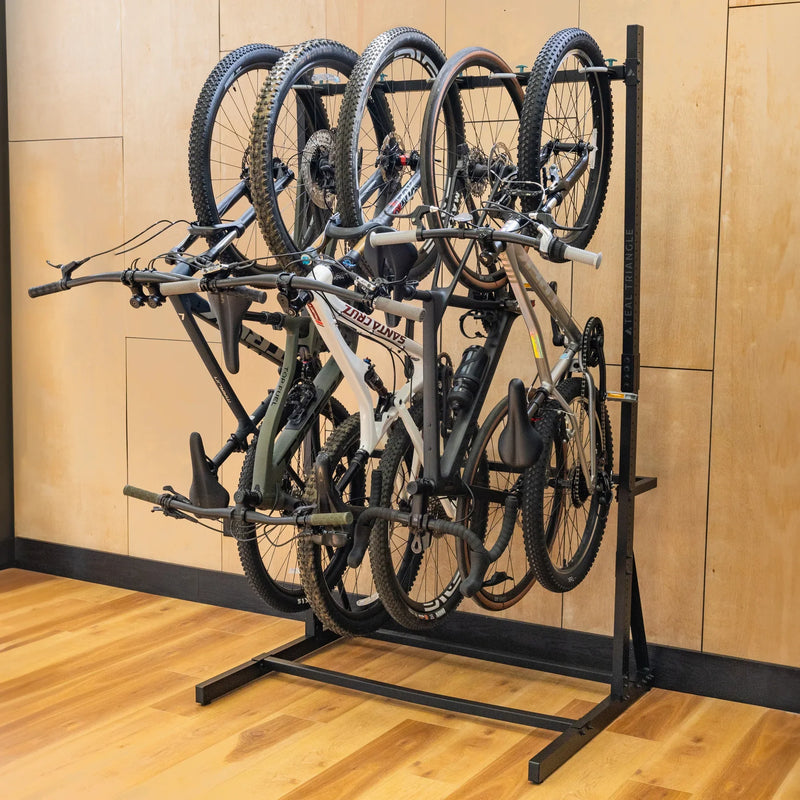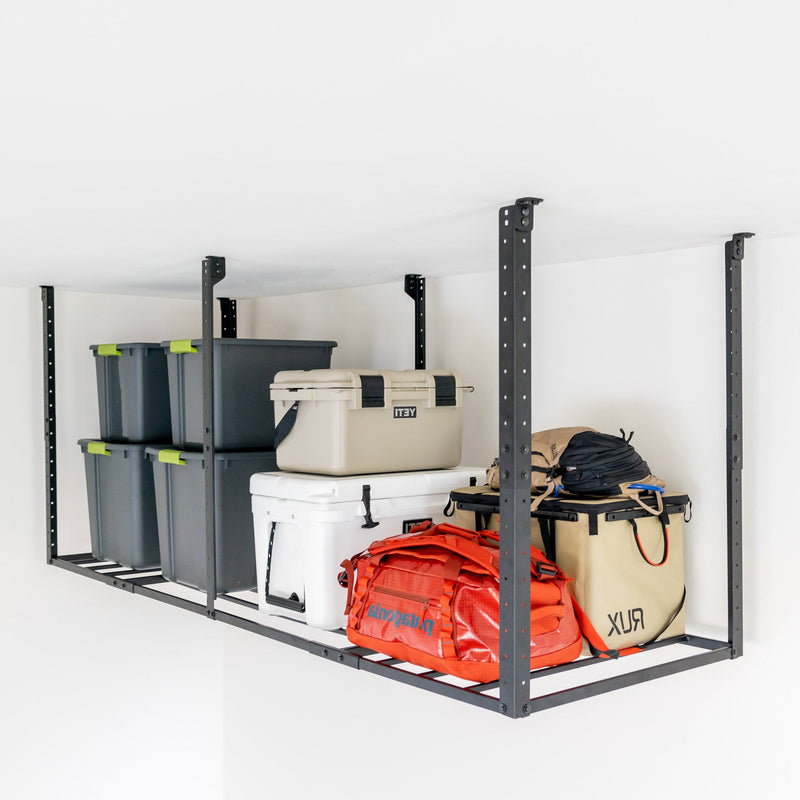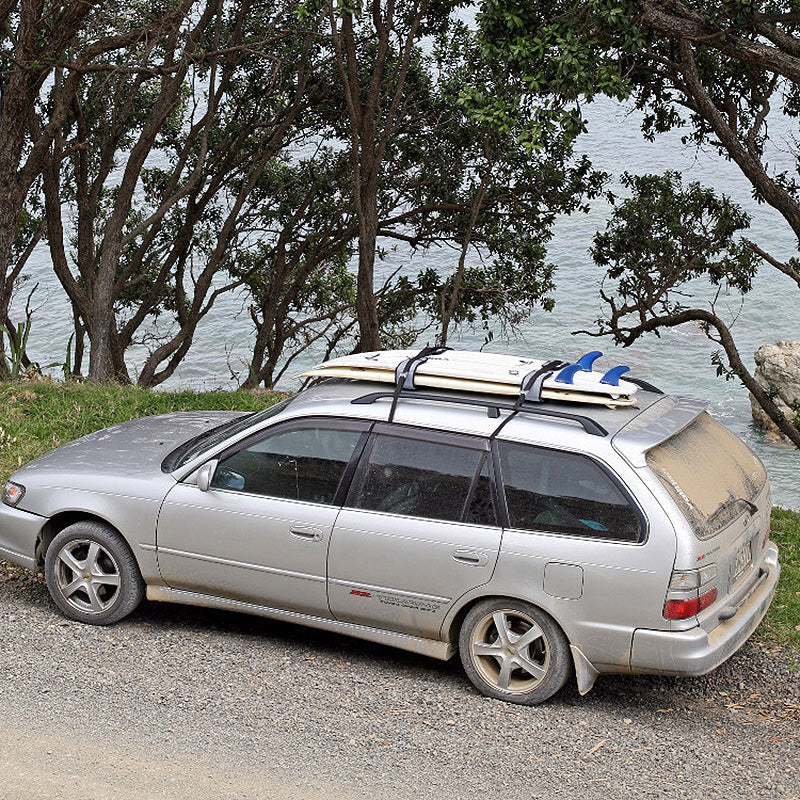Legacy Articles
Surfing Dogs
We recently received the above photos from one of our customers, Bob C. Amazed and delighted at the sight of surfing dogs, we asked Bob to give us the scoop...
What to Know Before You Kayak
Kayaking is a great way to enjoy being on the water while taking in nature’s beauty and getting some great exercise. It’s an activity that pretty much anyone can do...
Choosing and Installing SUP Car Roof Racks
Your paddleboard is ready – you’ve screwed in your fins, strapped up your leash, maybe grabbed your wetsuit, and are ready to hit the water, whether it’s the surf, the...
Biking During Social Distancing - Resources and Tips
With the unique situation our world is in right now, there are a lot of questions surrounding biking and what is acceptable or available during this time of social distancing....
SUP PFD & Life Jacket Requirements
US Coast Guard (USCG) SUP Rules & Regulations On October 3rd 2008 the US Coast Guard (USCG) ruled that a stand up paddleboard (SUPs) is classified as a “vessel”. To...
Paddleboarding Articles
SUP PFD & Life Jacket Requirements On October 3rd 2008 the US Coast Guard (USCG) ruled that a stand up paddleboard (SUPs) is classified as a “vessel”. To learn more,...
Mounting and Installation Guide
This is a quick guide to help you understand how to mount your StoreYourBoard product. If you have any questions, please feel free to contact us at info@storeyourboard.com. Thanks for...
Top 10 Reason You Need a Skateboard Rack
Great way to Organize your House, Garage, Basement, Room, etc2. Skateboards are NOT cheap – protect your investment. 3. Skateboard laying around are slip, trip, and fall hazards, especially for those non-skaters in...
Best Surfer Gifts - Top 10
If you need to get a gift for the surfer in your life, here is the list you need. Any of these gifts should excite a surfer, but you should...
Surfing Articles
Surfboard Racks Best Surfer Gifts - Top 10 If you need to get a gift for the Surfer in your life here is the list you need. Any of these...
Burton Snowboard History | StoreYourBoard Article
One of the most popular brands available for snowboarding is Burton Snowboards. Not only is their gear awesome, they have a team of all-star snowboarders including Shaun White, Hannah Teter,...
Snowboarding Articles
Snowboard Racks How to Find Powder at Ski Resorts A question many skiers and boarders ask all the time…How do I get the POWDER? Well you are in luck, here...








